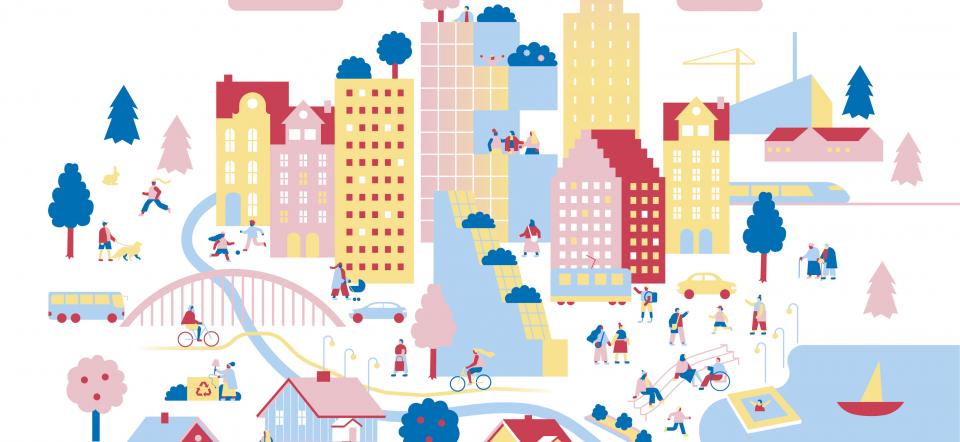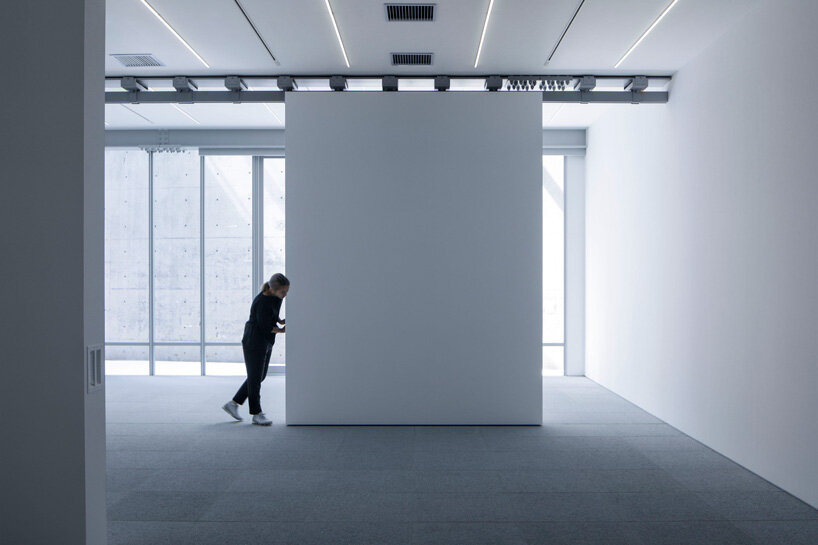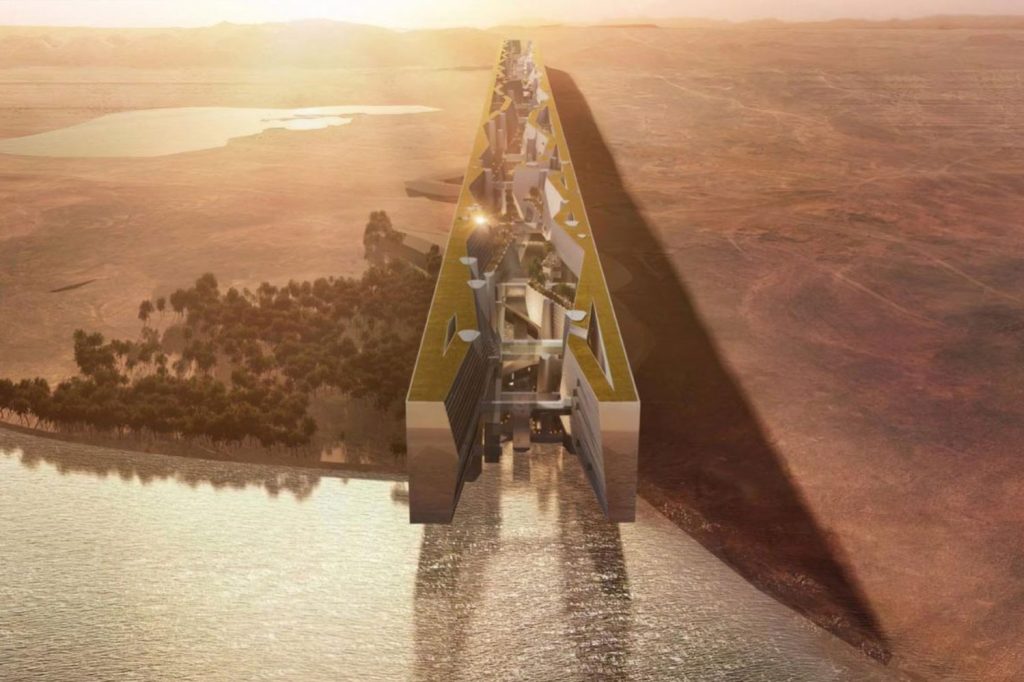The Kingdom of Saudi Arabia is yet to unveil Neom; a planned urban area. The total planned area of 26.5 thousand square km is set to exhibit marvels of floating architecture, trade hubs, luxury tourist resorts, and sustainable cities powered by renewable sources. However, critics have challenged the oxymoron that is sustainable development. Will Neom be the next big eco-city? We can only judge it when this ‘megaproject’ is completed. In the meantime, let us discuss the entire notion of sustainable urban planning and talk about the eco-cities which have given it a new dimension.
What is Sustainable Urban Planning?
Urban Planning constitutes mapping, designing, planning, and developing geographical regions. It takes into account both natural (water sources, land, flora, fauna, air quality) and artificial (transportation, sanitation, communication) environments. When the term ‘sustainability’ is added to ‘urban planning’, the meaning changes slightly. The emphasis now falls on the environment. Sustainable urban planning entails all those practices that are compatible with the environment.
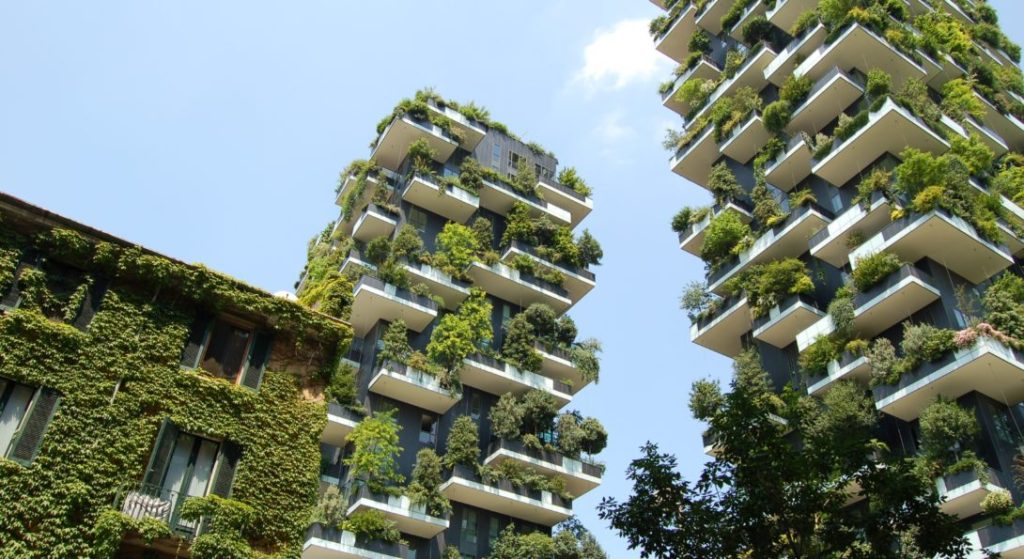
There are numerous benefits of sustainable urban planning projects. A good sustainable urban planning project not only benefits the citizens and fulfils all their needs, but also conserves the environment and adds to it. Such cities utilize renewable and non-exhaustive energy resources leading to lower gas emissions. This in turn gives the citizens cleaner air and controls the pollution. It has a positive cumulative effect on the quality of life due to a healthy balance between economy, environment, and equity.
Eco-Friendly Cities
Eco-friendly cities or sustainable cities as defined by the UN’s Sustainable Development Goals 11 are those who aspire to achieve green sustainability, social sustainability, and economic sustainability. An eco-friendly city exhibits the following characteristics.
Transportation
At present, road transport amounts to 20-30% of the urban pollution. Urban planning for an eco-friendly city ensures accessibility and affordability to public transport. It may entail electric trolleybuses, metro systems, or underground railways. This ensures that fewer cars function on the road solving the issues of both traffic congestion and harmful emissions. An efficient sustainable urban planning project may create walkable and bikeable neighborhoods. In Copenhagen, 42% of working individuals commute to their workspace via bicycles. The city built cycling superhighways using a mix of paths and bridges, designed specifically for bikers.
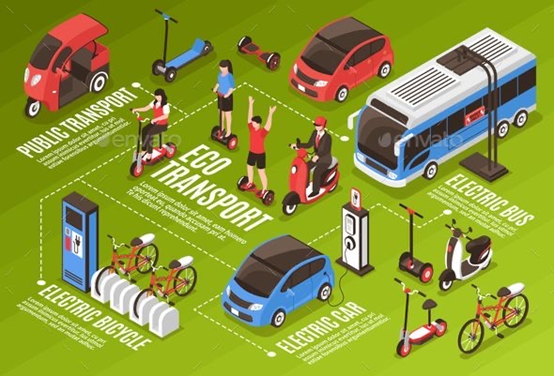
The issue may also be curbed by advocating the use of electric vehicles. Rather than creating more and more gas stations, sustainable urban planning aims at creating vehicular charging stations. Amsterdam is already on the right track, having created 300 charging points in the city. Berlin currently has over 400 electric charging stations. Since the property values near the gas stations were lower, it has helped in increasing it. In addition, their plans have resolved tailpipe emission levels, to become more carbon neutral.
Alternative Energy Resources
Urban cities cannot function without energy. In the earlier epochs, the global need for energy was met by fossil fuels. But the situation has changed now. Through technology, sustainable urban planning has allowed us to harness solar energy, wind energy, and hydro energy. Take for example, Newington, a town in Sydney, Australia had solar panels installed in every home, becoming the largest solar village in 2000. It met the requirements of over 5000 residents. In Dongtan, Shanghai, China, the proposed use of wind turbines and solar panels would allegedly satisfy the needs of 50,000 residents, although the project has been delayed indefinitely due to financial constraints. Cape Town has been harnessing wind energy since 2008. By 2020, it was responsible for 10% of the city’s annual energy requirements.
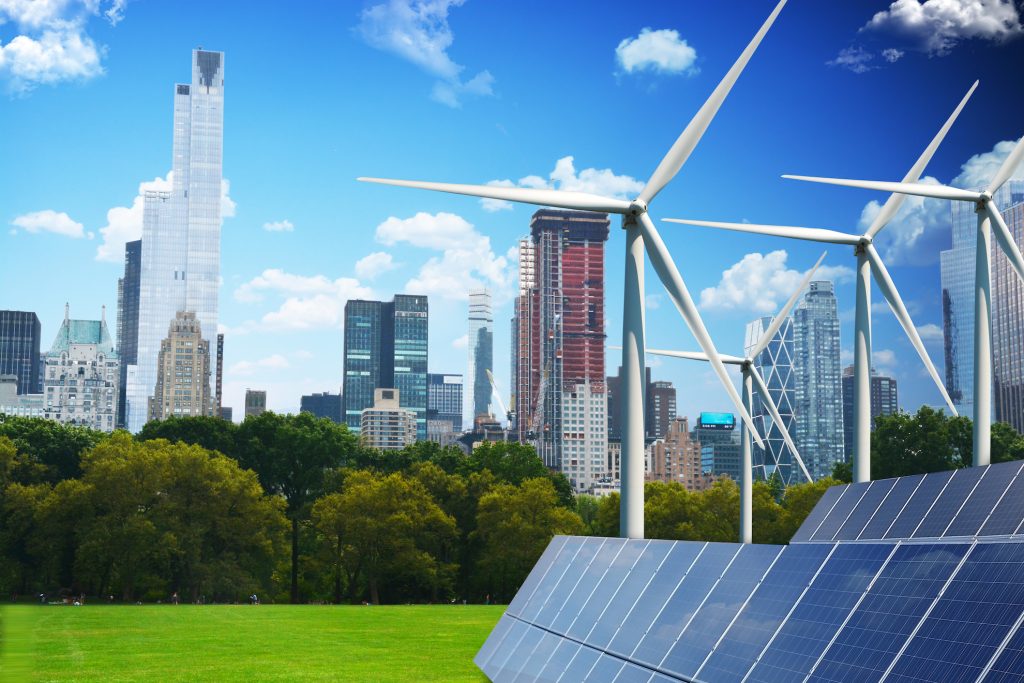
Farming and Food Production
With the advancements in urban farming design, the sustainability factor observes a steady incline. In a study conducted in 2021, it was observed that the use of aeroponics, roof farming, soilless farming, and community gardens can potentially reduce the carbon footprint by 12.1% in the upcoming decade. In Copenhagen, these methods have become a staple, where 24% of the total food sales are organic. In addition, organic food accounts for 88% of the food service in public institutions.
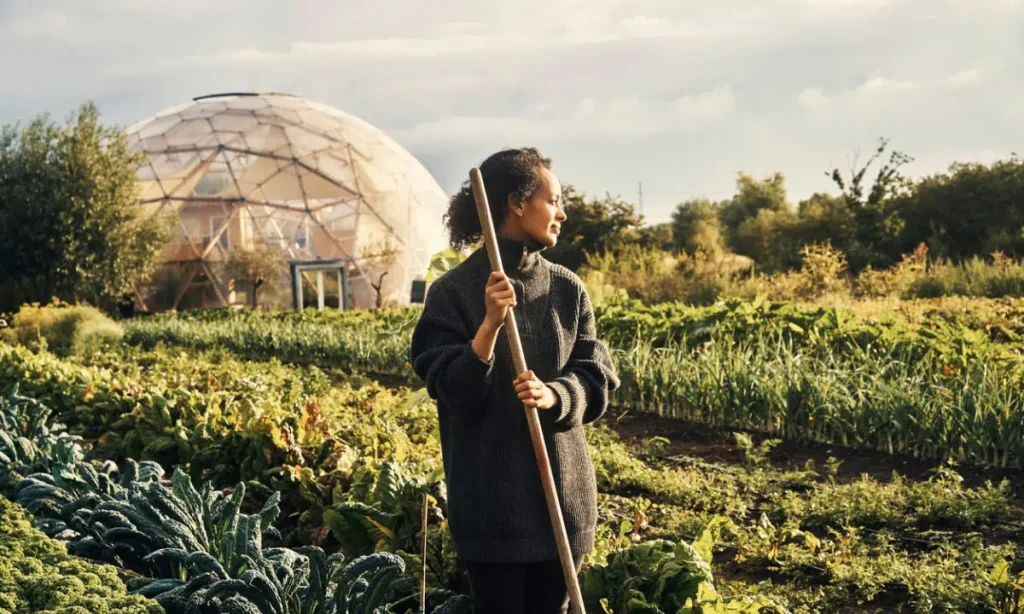
Waste Management
In urban planning, waste management refers to controlling and effectively disposing of waste (food, animal, human) through sewage systems and recycling processes. Going paperless is another way to seamlessly transition into a more sustainable habit, with numerous organizations and banks already adopting this method. In San Francisco, USA, the government mandates on recycling and composting have led to 77% waste diversion. In Stockholm, Sweden, investments from the European Union (EU) have assisted in producing biofuel, generated from sewage waste as an alternative energy resource.
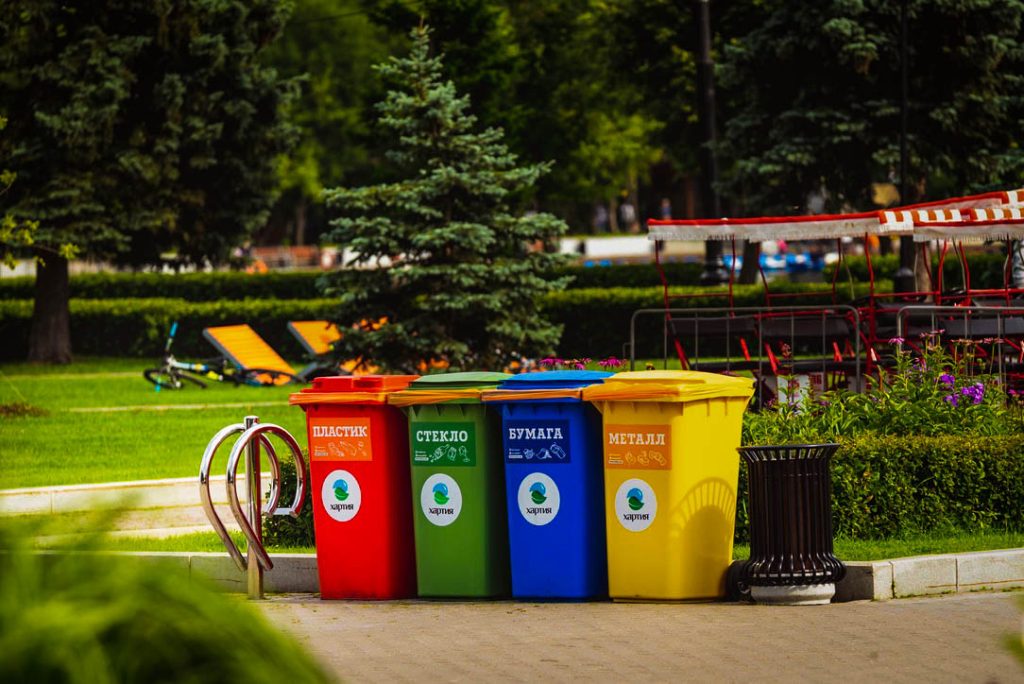
References
Puigdueta, Ivanka, et al. “Urban Agriculture May Change Food Consumption towards Low Carbon Diets.” Global Food Security, vol. 28, Mar. 2021, p. 100507, https://doi.org/10.1016/j.gfs.2021.100507. Accessed 4 May 2021.
Steph Hazlegreaves. (2019, July 12). Top 10 eco-friendly cities around the world. Open Access Government. https://www.openaccessgovernment.org/top-10-eco-friendly-cities-around-the-world/53998/
Susan Meyer. “What Is a Sustainable City? 10 Characteristics of Green Urban Planning | the Zebra.” Www.thezebra.com, The Zebra, 6 July 2021, www.thezebra.com/resources/home/what-is-a-sustainable-city/.
“Sustainable Urbanism.” Wikipedia, 14 Nov. 2023, en.wikipedia.org/wiki/Sustainable_urbanism#Examples_of_sustainable_urbanism. Accessed 31 Jan. 2024.
Image Courtesy – NordForsk
From “Green” to “Sustainable”: Understanding the Past and Present of Ecological Design

